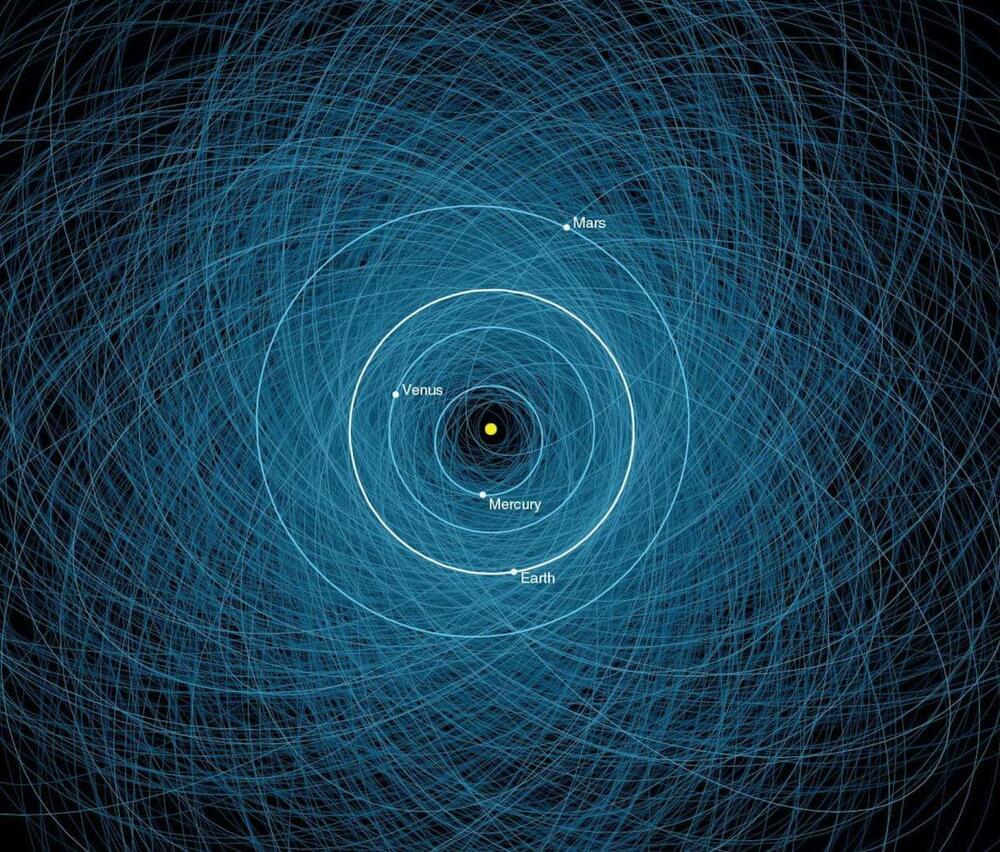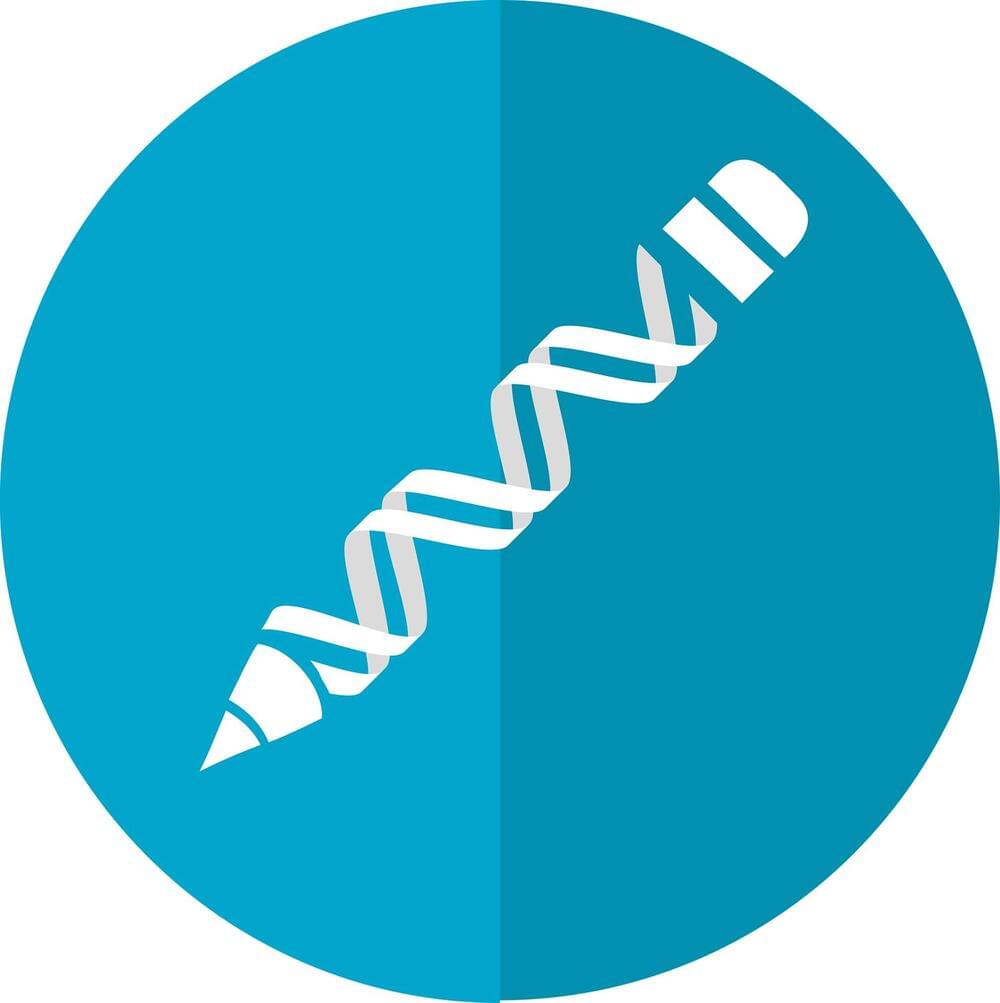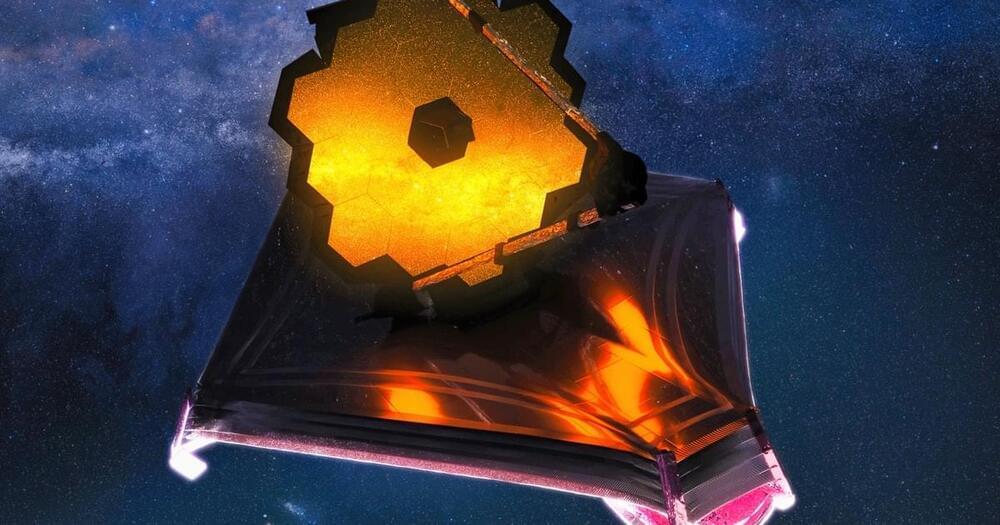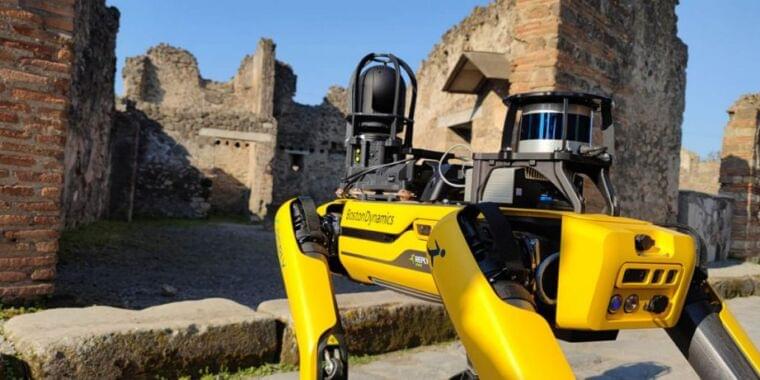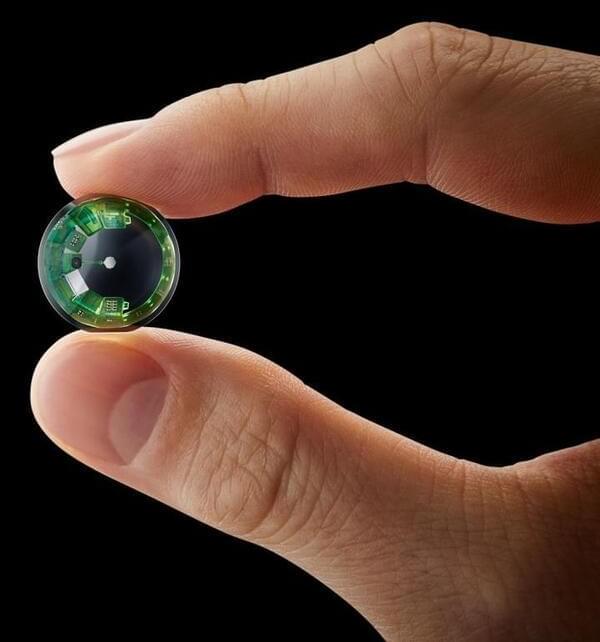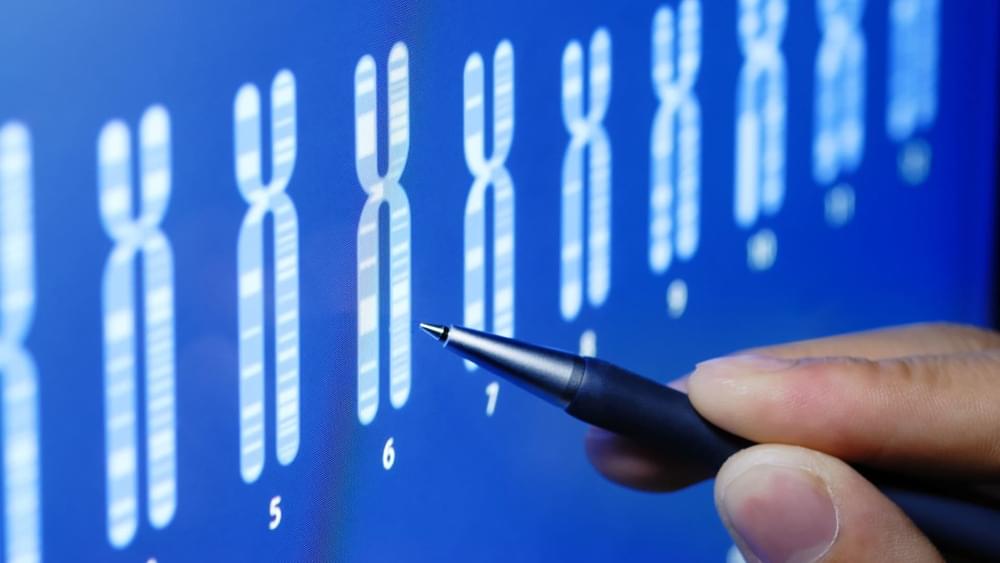Apr 1, 2022
Neuromorphic chip integrated with a large-scale integration circuit and amorphous-metal-oxide semiconductor thin-film synapse devices
Posted by Jose Ruben Rodriguez Fuentes in categories: futurism, robotics/AI
Artificial intelligences are promising in future societies, and neural networks are typical technologies with the advantages such as self-organization, self-learning, parallel distributed computing, and fault tolerance, but their size and power consumption are large. Neuromorphic systems are biomimetic systems from the hardware level, with the same advantages as living brains, especially compact size, low power, and robust operation, but some well-known ones are non-optimized systems, so the above benefits are only partially gained, for example, machine learning is processed elsewhere to download fixed parameters. To solve these problems, we are researching neuromorphic systems from various viewpoints. In this study, a neuromorphic chip integrated with a large-scale integration circuit (LSI) and amorphous-metal-oxide semiconductor (AOS) thin-film synapse devices has been developed.
